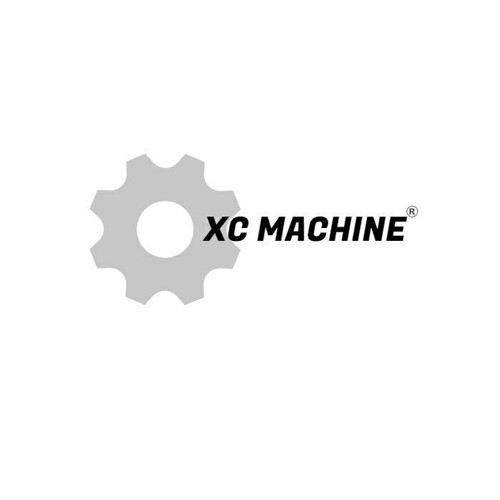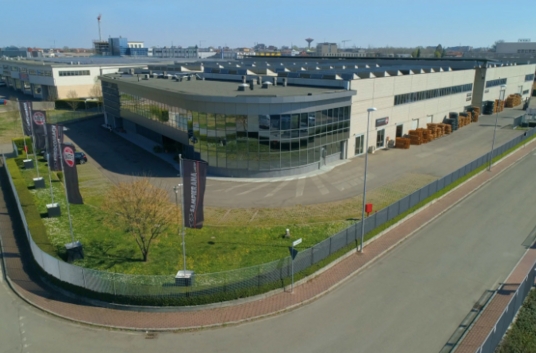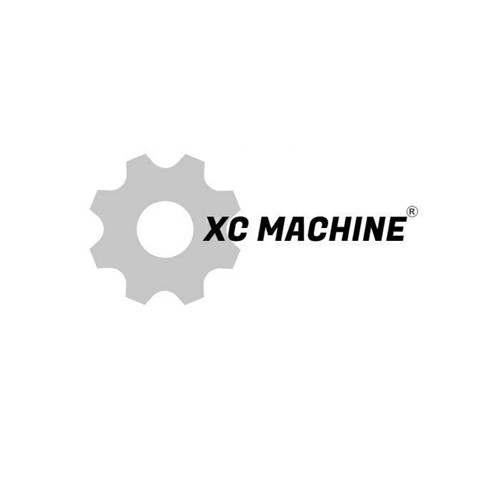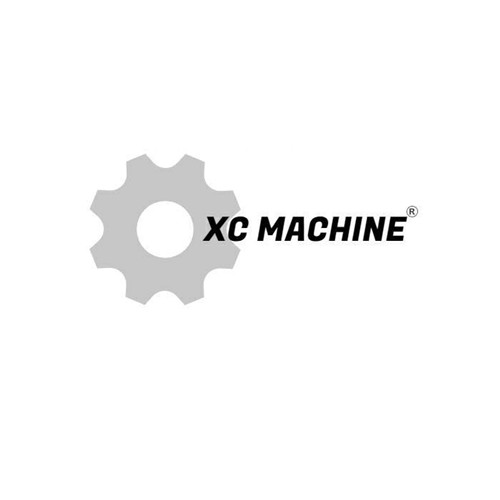Resource and Production Analysis of Shanxi Province, the fourth largest iron ore producer in China
I. Resource Distribution: Concentrated in the Luliang-Linfen Mining Belt. The iron ore resources in Shanxi Province are characterized by "abundant in the north and poor in the south, more in the west and less in the east", with the core production areas mainly concentrated in the two major regions of Luliang and Linfen: 1. Luliang Lanxian Iron Ore Belt ◦ Reserve Proportion: The Yuanjiacun Iron Ore deposit in Lanxian County is the largest single deposit in the province, with proven reserves of 1.3 billion tons, accounting for more than 35% of the total reserves in the province. The ore type is sedimentary metamorphic magnetite, with an average grade of about 28%-32%. The ore body thickness is 20-80 meters, and the burial depth is 50-500 meters. ◦ Development entity: Led by Taiyuan Iron & Steel Group, it is equipped with a supporting beneficiation plant with an annual processing capacity of 22 million tons, and the concentrate grade is increased to over 65%. 2. Linfen Ta 'ershan - Erfengshan Mining Area ◦ Resource characteristics: Mainly skarn-type magnetite, with proven reserves of 420 million tons, average grade 35%-40%, but the ore bodies are scattered and the mining cost is relatively high. ◦ Associated resources: Some mining areas contain metals such as copper and cobalt, with a comprehensive utilization rate of less than 30%, and the development potential remains to be released. Ii. Resource Volume: Medium total volume but high Development Intensity \ n1. Provincial Resource Foundation \ n◦ Cumulative Proven reserves: As of 2024, the cumulative proven iron ore resources in Shanxi Province are approximately 3.7 billion tons, ranking sixth in the country. Among them, the industrial recoverable reserves are about 1.8 billion tons, mainly distributed in Luliang (accounting for 60%) and Linfen (accounting for 25%). ◦ Grade characteristics: The average grade across the province is approximately 30%. It needs to be enhanced to over 62% concentrate through magnetic separation and flotation processes. The beneficiation cost is about 380 yuan per ton, which is 5% to 8% higher than that in Hebei. 2. Development Challenges \ n◦ Ecological Constraints: The Luliang mining area is an ecologically fragile zone on the Loess Plateau, with environmental protection investment accounting for more than 20% of the mining cost. ◦ Transportation bottleneck: The railway coverage rate in mountainous areas is low, and the cost of road transportation is 15%-20% higher than that in coastal provinces. Iii. Output in 2024: National share 3.7%, Concentrated Release of Production Capacity \ n1. Output Data \ n◦ Provincial output in 2024: The cumulative output of raw iron ore was 39.1617 million tons, accounting for 3.76% of the national total (1.042 billion tons), ranking fourth in the country. Monthly fluctuations: Due to environmental protection production restrictions, the output in July decreased by 9.5% month-on-month, but it rebounded to 3.4223 million tons in December, demonstrating the effect of policy flexibility adjustment. 2. Production Characteristics \ n◦ Led by leading enterprises: Taiyuan Iron & Steel Group, Dazhong Mining and other enterprises contribute over 80% of the province's output. Among them, the annual output of Yuanjiacun Iron Mine alone has exceeded 15 million tons. ◦ Technological Upgrade: Pilot "5G+ unmanned mining truck" transportation system, increasing open-pit mining efficiency by 12%. Iv. Grade and Industrial Impact \ n1. Low-grade Leading Industrial Chain \ n◦ Mineral Processing Dependence: Approximately 75% of the ore in the province needs to undergo two-stage grinding and three-stage magnetic separation processing, with a concentrate recovery rate of about 82%, which is lower than that of Liaoning (88%). ◦ Import Supplement: In 2024, approximately 5 million tons of high-grade ore (≥62%) will be imported to optimize the stainless steel smelting ratio of Taiyuan Iron & Steel. 2. Policies and Transformation \ nResource Tax Reduction and Exemption: 30% of resource tax will be reduced and a subsidy of 10 yuan per ton for tailings utilization will be provided to enterprises engaged in the development of lean ores. ◦ Green mine construction: In 2024, 9 small and medium-sized mines that fail to meet environmental protection standards will be shut down to promote the concentration of production capacity in leading enterprises. The iron ore industry in Shanxi Province is characterized by "midstream resources, concentrated production capacity and cost pressure" : • Resource advantage: The Luliang Lanxian mining belt supports more than 35% of the province's output, but the progress of deep resource exploration is slow; • Production bottleneck: The year-on-year growth rate of production in 2024 was only 1.2%, significantly constrained by environmental protection and transportation costs. • Breakthrough path: Increase added value through intelligent transformation (such as unmanned mining trucks) and industrial chain extension (high-end stainless steel).In the future, it is necessary to pay close attention to the market opportunities brought about by the breakthroughs in deep exploration in the Luliang mining area and the connection of steel demand in the Beijing-Tianjin-Hebei region.





